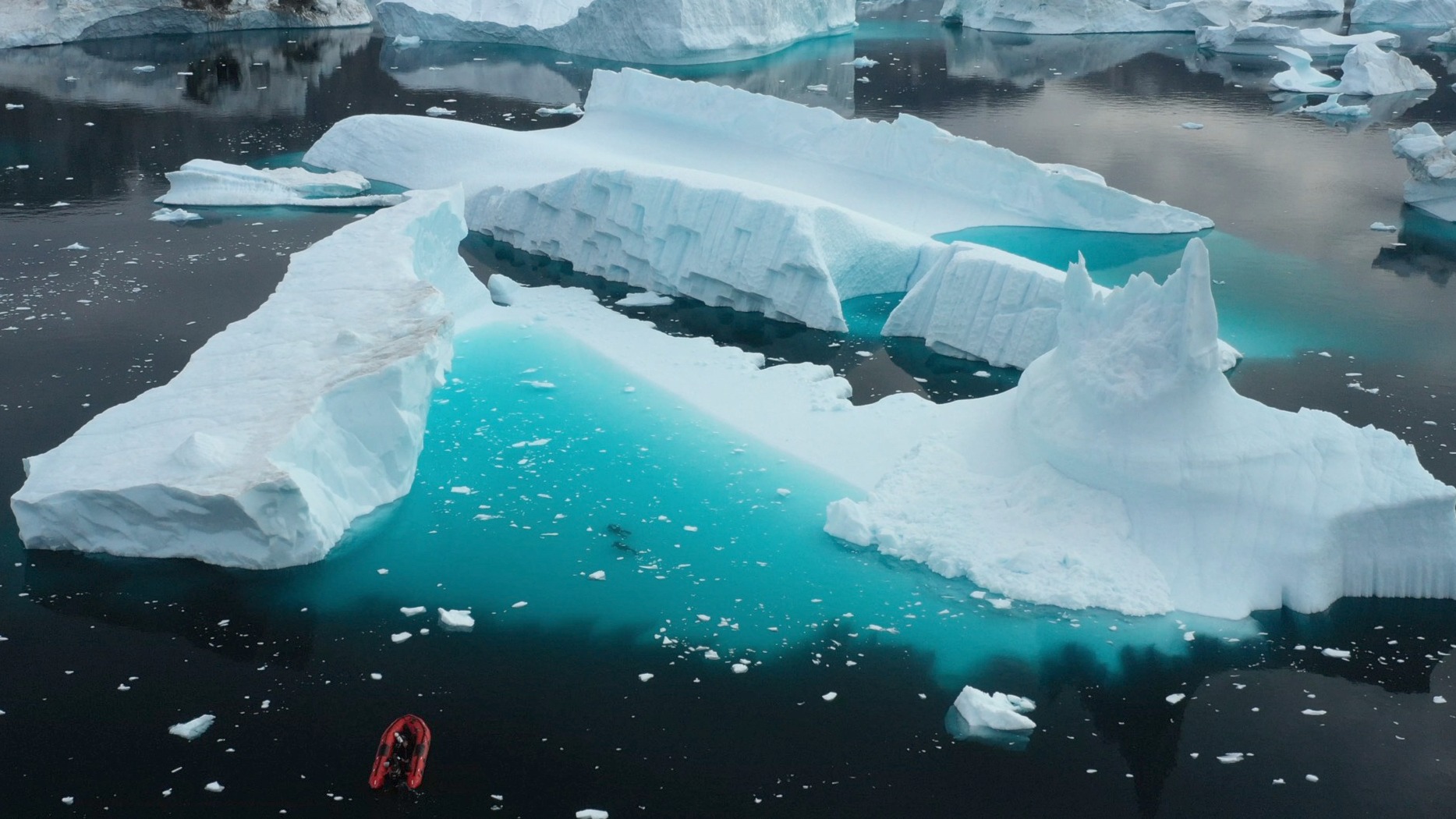Glowing snails full of antifreeze protein found off the coast of Greenland

Scientists digging deep into an iceberg off the coast of Greenland have found fish with glowing green antifreeze running through their blood vessels.
Variegated snail juvenile (Liparis Gibbs) contained the “highest levels” of antifreeze protein ever reported, a new study found.
Similar to how antifreeze helps regulate temperature Car engine damage in extreme conditions, certain species have evolved to have similar protections.Species that live in extremely cold habitats, especially in polar waters Greenland.
“Antifreeze proteins attach to the surface of small ice crystals, slowing or preventing them from growing into larger, more dangerous crystals,” said co-author of the study, American Nature. said David Gruber, a researcher at the Museum of History (AMNH). Baruch, a prominent professor of biology at his college at the City University of New York, told his Live Science in an email: “Both Arctic and Antarctic fish evolved these proteins independently.”
Related: Robotic submarine explores under Greenland’s glacier for first time
Antifreeze proteins were first discovered in Antarctic fish almost 50 years ago. National Science Foundation (opens in new tab).
Unlike certain cold-blooded species of reptiles and insects, fish cannot survive when their bodily fluids freeze, forming ice grains within their cells, essentially turning them into fish popsicles.
“The fact that these different antifreeze proteins evolved independently in many different fish lineages that are not closely related is[s] How important they are to the survival of these organisms in these extreme habitats,” Jon Sparks, curator of AMNH’s Department of Ichthyology and co-author of the study, told Live Science. told me by email.
Snails “produce and excrete antifreeze proteins into the bloodstream like any other protein,” Gruber said. But snails seem to “make antifreeze proteins in the top 1% of all other fish genes.”

Scientists discovered the tiny tadpole-like creature during an expedition investigating an iceberg habitat off the coast of Greenland in 2019. During a trip that was part of the Constantine S. Niarchos Expedition (a series of science-based expeditions led by AMNH), scientists spotted biofluorescent snails glowing bright greens and reds in their ice habitat. We were perplexed.
“Snails were one of the few fish species that lived in the cracks of icebergs,” Gruber said. “It’s amazing that such a small fish survived in such a cold environment without freezing.”
Arctic fish also rarely exhibit biofluorescence. This is the ability to convert blue light into green, red, or yellow light. This trait is usually found in fish that swim in warm waters. This is the first reported example of an arctic fish species showing this adaptation. AMNH Post (opens in new tab).
Another statement said the scientists had further examined the snail’s biofluorescent properties and discovered “two distinct types of gene families encoding antifreeze proteins.”
This staggering level of antifreeze production could help the species adapt to sub-zero temperatures, according to the statement. It also raises questions about what happens to snails as a result of rising sea temperatures. Global warming.
“With the rapid warming of the Arctic Ocean, these cold-water-adapted species will now have to compete with warmer-water-adapted species that can now migrate north and survive at higher latitudes (and their metabolic “We don’t need to do expensive production (antifreeze proteins to survive in warmer Arctic waters),” Sparks said. [antifreeze] Protein may no longer provide benefits. ”
The findings were published in the journal on August 16th. evolutionary bioinformatics (opens in new tab).
Originally published in Live Science.











